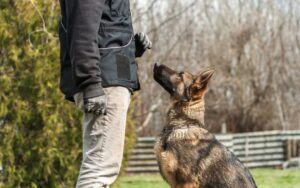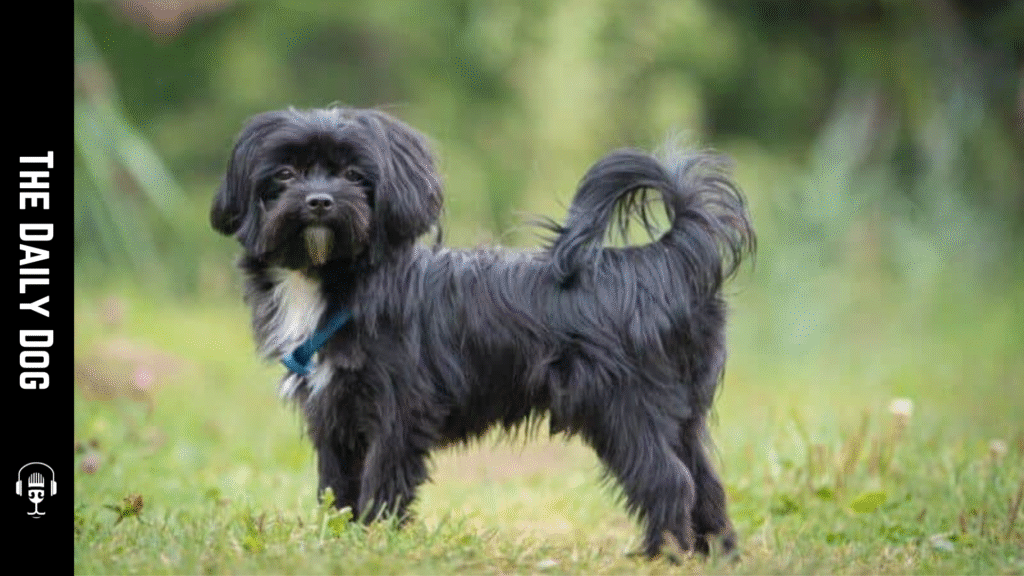The Russian Tsvetnaya Bolonka is a captivating and vibrant breed that has gained popularity among dog enthusiasts worldwide. Known for its lively personality, beautiful coat, and affectionate nature, this small companion dog is a perfect addition to many households. In this blog post, we will explore everything you need to know about the Russian Tsvetnaya Bolonka, from its origins and physical characteristics to care requirements and suitability as a family pet.
Origins and History of the Russian Tsvetnaya Bolonka
The Russian Tsvetnaya Bolonka is a relatively recent addition to the world of small dog breeds, with roots tracing back to Russia. The name “Tsvetnaya Bolonka” translates to “Colorful Bolonka,” highlighting its distinctive multicolored coat. This breed was developed in Russia during the late 20th century, primarily as a companion dog for families, singles, and seniors.
Its ancestors are believed to include small French and Russian toy breeds, such as the Bolognese, Coton de Tulear, and other small, fluffy dogs. The breed was selectively bred for its cheerful temperament, manageable size, and variety of coat colors. Although it was initially kept as a companion within Russian households, the breed has gradually gained international attention due to its friendly nature and appealing looks.
Physical Characteristics of the Russian Tsvetnaya Bolonka
The Russian Tsvetnaya Bolonka is a small dog with a lively, expressive face and a soft, fluffy coat. Here are some key physical features:
Size and Weight: Typically, they stand about 9 to 11 inches (23-28 cm) at the shoulder and weigh between 8 to 13 pounds (3.6-5.9 kg). Their compact size makes them ideal for apartment living or smaller homes.
Coat and Colors: One of the breed’s most distinctive features is its multicolored coat, which can include combinations of black, white, brown, cream, gray, and more. The coat is long, silky, and requires regular grooming to prevent matting.
Head and Facial Features: They have a rounded skull, dark expressive eyes, and a black nose. Their ears are set high, triangular, and naturally floppy.
Body Structure: They have a well-balanced, sturdy body with a slightly rounded chest and a level topline.
The breed’s vibrant coat colors and expressive face make the Russian Tsvetnaya Bolonka a visually striking companion.
Temperament and Personality
The Russian Tsvetnaya Bolonka is renowned for its friendly, affectionate, and lively nature. They are known to be excellent companions for individuals and families alike. Here are some traits that define their personality:
Sociable and Friendly: These dogs thrive on human interaction and enjoy being part of family activities. They are generally friendly towards strangers and other animals.
Intelligent and Curious: Their intelligence makes them quick learners. They enjoy mental stimulation through training and play.
Affectionate and Loyal: They form strong bonds with their owners and often seek cuddles and attention.
Energetic and Playful: Despite their small size, they have a lot of energy and love engaging in play sessions.
Adaptable: They are adaptable to various living environments and can adjust well to apartment living, provided they receive enough attention and exercise.
Given their lively and affectionate nature, the Russian Tsvetnaya Bolonka is an ideal pet for families, singles, and seniors who can dedicate time to socializing and engaging with their furry friends.
Care and Maintenance
Caring for a Russian Tsvetnaya Bolonka involves attention to grooming, health, and exercise needs. Here’s what you should keep in mind:
Grooming Needs
Coat Maintenance: Their long, silky coat requires regular brushing—at least 3-4 times a week—to prevent mats and tangles. Occasional baths help keep their coat clean and shiny.
Trimming: Regular trimming or professional grooming sessions are recommended every 6-8 weeks to maintain a tidy appearance.
Ear and Dental Care: Check and clean their ears regularly to prevent infections. Dental hygiene is also important; brushing their teeth several times a week helps prevent dental issues.
Exercise Requirements
Daily Activity: Despite their small size, they need daily walks and playtime to burn off energy and stay healthy.
Mental Stimulation: Interactive toys, training sessions, and socialization help keep their minds sharp and prevent boredom.
Health Considerations
Common Health Issues: Like many small breeds, they can be prone to dental problems, patellar luxation, and certain genetic conditions. Regular veterinary check-ups are essential.
Nutrition: Feed a high-quality, balanced diet suitable for small breeds. Consult your vet for specific dietary recommendations.
Training and Socialization
The Russian Tsvetnaya Bolonka is intelligent and eager to please, making them relatively easy to train. Positive reinforcement techniques work best. Early socialization is key to ensuring they develop good manners and confidence around other pets and people.
Housebreaking: Consistency and patience are important. Crate training and establishing a routine can facilitate housebreaking.
Obedience Training: Short, engaging training sessions help build trust and reinforce good behavior.
Socialization: Expose your Bolonka to various environments, sounds, and people from a young age to foster a well-rounded temperament.
Suitability as a Family Pet
Thanks to their friendly and adaptable nature, the Russian Tsvetnaya Bolonka makes an excellent family pet. They are particularly good with children and other pets when properly socialized. Their small size and affectionate disposition make them suitable for:
Apartment Living: Their compact size and moderate exercise needs make them perfect for urban dwellers.
Active Households: They enjoy play and interaction, fitting well into lively households.
Elderly Owners: Their affectionate nature and manageable size make them ideal companions for seniors seeking a loving pet.
However, they do require daily attention and companionship. If left alone for long periods, they may develop separation anxiety or become bored.
The Breed’s Popularity and Recognition
While the Russian Tsvetnaya Bolonka is still a relatively niche breed, its popularity is growing thanks to its charming appearance and delightful personality. It is recognized by several breed clubs and organizations that promote responsible breeding and health standards.
Potential owners should ensure they adopt from reputable breeders who prioritize health, temperament, and ethical breeding practices. Proper socialization and training are essential to ensure a happy, well-behaved pet.
The Russian Tsvetnaya Bolonka stands out as a colorful, affectionate, and intelligent companion that brings joy to any household. Its striking coat, cheerful personality, and adaptability make it a beloved breed for dog lovers seeking a small, lively, and loving pet.
If you are considering adding a Russian Tsvetnaya Bolonka to your family, ensure you are prepared for regular grooming and daily interaction. With love, proper care, and training, this tiny bundle of energy will become a cherished member of your family for years to come.
In Summary:
- Originates from Russia, developed as a companion dog.
- Small size, weighing 8-13 pounds, standing 9-11 inches tall.
- Recognized for its multicolored, silky coat and lively expression.
- Friendly, affectionate, intelligent, and adaptable.
- Requires regular grooming, daily exercise, and socialization.
- Suitable for families, singles, seniors, and apartment living.
- Needs responsible breeding practices and proper training.
Embrace the charm of the Russian Tsvetnaya Bolonka, and you’ll gain a loyal, colorful friend that brightens your life every day.
We offer a FREE Strategy Call.
Click on the graphic to learn more
Read More










